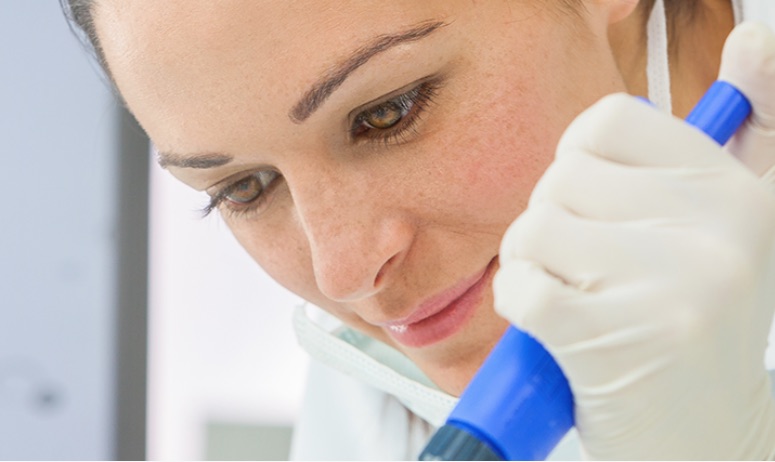Understanding the Key Requirements of a Nephelometry Test
By Space Coast Daily // May 29, 2025

Nephelometry is a widely used analytical technique that measures the intensity of light scattered by particles suspended in a liquid or gas. The amount of scattered light is directly proportional to the concentration of suspended particles, and this data is converted into a turbidity value using a calibration curve.
This method is essential in a variety of industries—including pharmaceutical research, clinical diagnostics, environmental monitoring, and the food and beverage sector—for assessing solubility, particle presence, and analyte concentration.
Even if you choose the right nephelometer for the test, you will still need to meet the following criteria.
1. Sample Preparation
In a nephelometry test, sample preparation is absolutely necessary. The samples should be mixed well. Also, you need to make sure that there are no bubbles or contaminants that could interfere with light scattering. Based on the application, the samples may need to be diluted so that they could fit within the linear range of the instrument.
2. Instrument Calibration
Before starting the nephelometry test, ensure that the nephelometers are calibrated using standards of known particle concentrations. This calibration establishes a linear relationship between scattered light intensity and particle concentration, ensuring that the instrument offers accurate measurements.
3. Instrument Maintenance
Apart from calibrating the nephelometer, it is also important to make sure the instrument is well-maintained. Regular instrument maintenance and performance checks help ensure the accuracy of measurements. The instrument’s detectors, optics, and light sources should be working properly to obtain accurate readings.
4. Stability of the Light Source
The light source used in the process needs to be stable. It should be able to produce a constant and consistent intensity of light throughout the test for reliable results.
5. Sensitivity of the Detector
In a nephelometry test, the detector used for measuring scattered light should have the right sensitivity. This ensures accurate detection of the scattered light. One must choose the detector based on the expected intensity of scattered light in the sample.
6. The Angle of Detection
Researchers also need to choose the appropriate detection angle relative to the incident light beam. The choice of angle usually depends on the nature of the particles being analyzed. Common angles used in such tests are 90 degrees (perpendicular to the incident beam) and other specific angles depending on the instrument and application.
7. Temperature Control
If temperature sensitivity is a concern for a specific sample, it is important to keep the sample at a consistent temperature. Fluctuations in temperature can affect the refractive index of particles and alter light scattering behavior.
8. Measurement Time
The measurement time needs to be appropriate for the expected concentration of particles in the sample. If it is not, it may lead to inaccurate results. Usually, longer measurement times are needed for samples with lower particle concentrations to improve the signal-to-noise ratio.
9. Sample Volume
The sample volume to be used in the test should be sufficient for accurate measurement. Insufficient sample volumes could lead to measurement inaccuracies.
10. Data Analysis
A nephelometry test must also use the right data analysis methods to process the gathered data. This often involves generating calibration curves, standard curves, or fitting the data to the right mathematical models.
11. Quality Control
Consider implementing quality control procedures to monitor the performance of the nephelometer instrument over time. To verify the instrument’s accuracy and precision, control samples of known concentrations must be run regularly.
12. Interference Considerations
Researchers also need to consider potential interferences in the sample that could impact the light scattering measurements. Some common interferences include chemical reactions, background turbidity, or changes in refractive index due to solute interactions.
13. Selection of Reagent
While performing specific analyte measurements using the nephelometry test, select appropriate reagents or antibodies. This will ensure that the chosen reagents or antibodies will react with the target analyte to form particles suitable for the nephelometric analysis.
Conclusion
As you may realize, nephelometry tests require careful consideration of several factors to ensure reliable outcomes. By fulfilling each of these test requirements, you can improve the effectiveness of the test and achieve accurate results.












